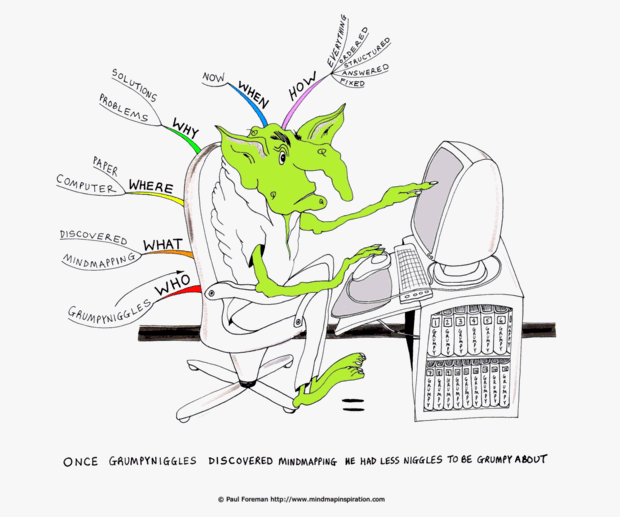CLIL and STEM in teaching
1. Content Integration and meaningful teaching
1.2. Content integration - introduction
 Meaningful learning is one of the main principles of teaching. Along with the development of factual knowledge (procedural fluency) connected with conceptual understanding (see Fuson et al, 2005), it should be naturally applied in teaching. Learning, as a cyclical process transforming experiences and prior knowledge and building connections (Roberts, 2012), requires teachers who intentionally facilitate and support this process and organize the material "in a way to facilitate retrieval and problem solving (strategic competence)" (see Fuson et al, 2005).
Meaningful learning is one of the main principles of teaching. Along with the development of factual knowledge (procedural fluency) connected with conceptual understanding (see Fuson et al, 2005), it should be naturally applied in teaching. Learning, as a cyclical process transforming experiences and prior knowledge and building connections (Roberts, 2012), requires teachers who intentionally facilitate and support this process and organize the material "in a way to facilitate retrieval and problem solving (strategic competence)" (see Fuson et al, 2005).
In real life, we subconsciously integrate prior experience and knowledge from different areas. However, this is not always true about formal education, where subjects are often taught in isolation as discrete subprograms by different teachers, not leveraging the power of building a system of intertwining and interconnecting information that would support not only understanding but also promote critical and creative thinking, crucial, for example, in problem-solving.
The history of education has witnessed methods and approaches based on subject integration. We can mention, for example, Integrated Thematic Instruction, later transformed into the HET model (Highly Effective Teaching), content-based instruction (CBI), or content and language integrated learning (CLIL). Both CBI and CLIL deal with language and subject learning. It is probably CLIL that is, in its principles, most similar to STEM – the model integrating science, technology, engineering, and math.